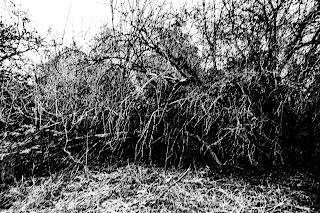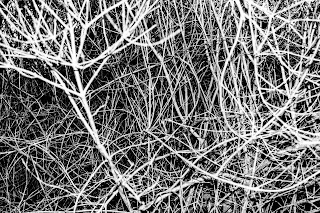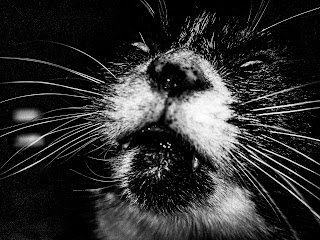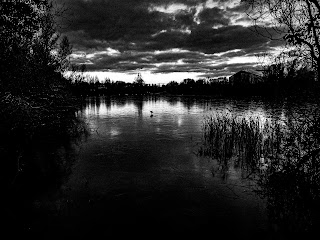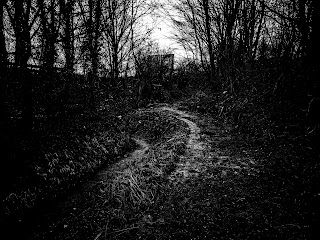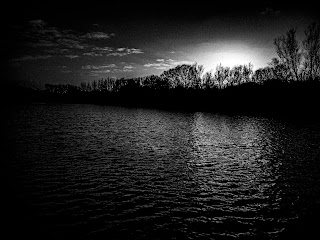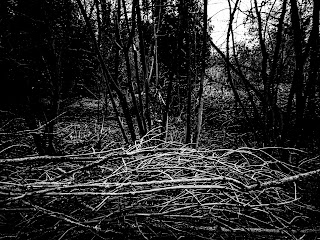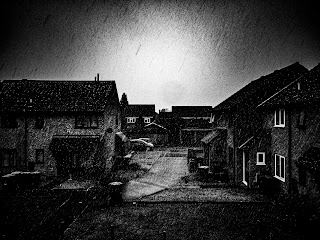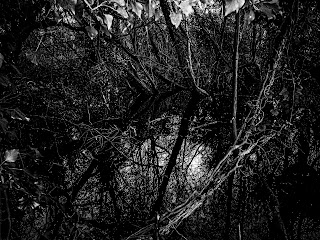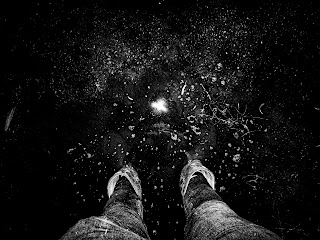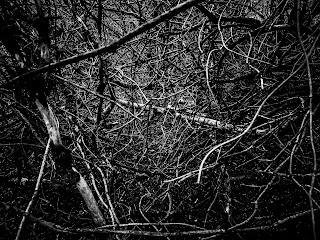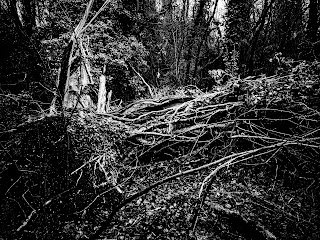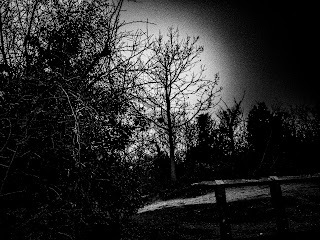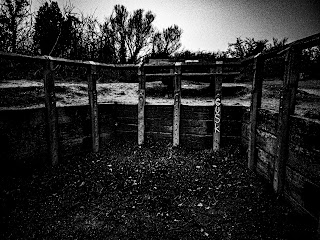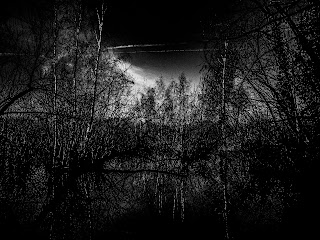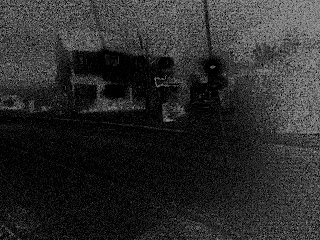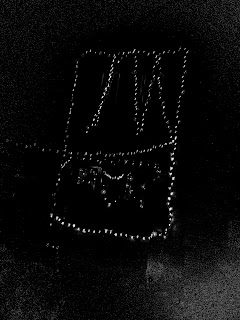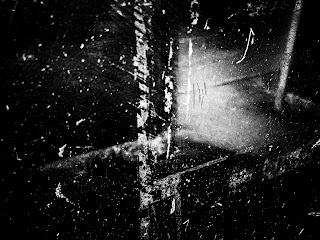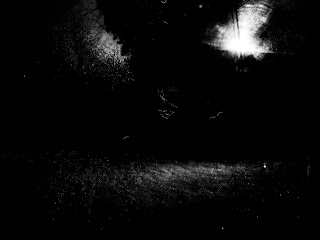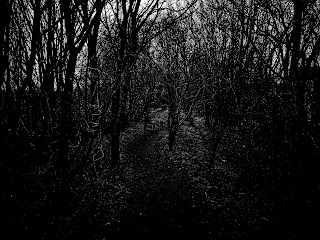Thoughts on the live action Cowboy Bebop opening and the quality of vivacity in animation
I have just watched the online premiere of the live action Cowboy Bebop opening title sequence. Before I go any further, I would like to make absolutely clear I remain open minded and even trepidatiously excited by the upcoming remake. I also understand that, in adapting a work in to a completely different medium, the character of the work will necessarily change. So my thoughts here are not regarding the upcoming show's quality or potential, but merely on the differences between live action and animated audio visual media, as well as certain issues that arise when adapting a text from one medium to another.
The first impression of the live action opening, however, is disheartening. It seems frankly flat and lifeless, like the characters are hovering in aspic. Characters emerge, almost as if a register is slowly being called, before leaving, or simply re-appearing. The overwhelming impression of the opening is one of stasis, compared to the dynamic qualities of the original. This is particularly curious, as there are so many more elements to the live action opening when compared to the original, with teaser scenes from the upcoming show being combined with the iconic silhouettes of the original.
So why does the live action opening, with it's 'real' flesh and blood performers seem so flat and lifeless, compared to the highly stylised cell animation of the original? This is related to one of the many exceptional qualities of animation as a distinct medium. Animation is clearly an abstracted representation of life. Therefore, with animation, there must be a concerted effort to encode vivacity through often pleonastic and emphaised elements. Eyes must open more widely, tendons extrude more grotesquely, and physiognomy must be distended more overtly. The result is that delightful phenomenon all animation fans are familiar with; the paradoxical effect where the representation not only supersedes reality, but erases it. Put simply, the hyperreal construct we enjoy on screen is more alive than we will ever be.
Animation thrives on this fundamental dichotomous relationship between the 'real' (non-Lacanian, for now please) and the fictive. We are able to easily identify both Spike and Jet as humans, belonging to the same species. Yet their bodies are so radically different, with Spike's sometimes effeminate, sometimes Bruce Lee-esque lithe frame forming a clear binary with Jet's hulking hypermasculine frame. Cowboy Bebop is nowhere near as extreme in it's physiognomic variation as other animation. 80's violent Shonen animated shows such as Fist Of The North Star provide particularly disparate body types, where the already impressively muscled protagonist Kenshiro must regularly take on adversaries three, four times his size. In a live action narrative, the disbelief of the audience would be instantly shattered. Yet the show's status as animation signals to the audience that this is not an unexplained discrepancy, but instead a diegetically situated embellishment that can easily be negotiated through realising it is a manifestation of the style of the producer.
These affectations do not serve as a distancing device, however. When appropriately deployed, they actively engage the audience in ways that live action could never achieve. Kenshiro's adversary is of course not eight meters tall! This is simply an effective stylistic embellishment to creatively communicate to the audience exactly how powerful the protagonist's adversary is. Therefore we as an audience must parse a hierarchy of disparate elements of the fictive, which in turn reinforce the vivacity of the various characters of the animation in question.
Of course, as a fairly straightforward adaptation, the live action Cowboy Bebop simply does not have access to such techniques. And perhaps quite rightly, as the grotesqueries of live action/animated hybrids such as The Mask and Who Framed Roger Rabbit would be more of a distraction than an affirmation of vivacity. But the issue here isn't just one of plunking an animated narrative in to the live action realm. As we have seen from directors as diverse as Besson and Tsukamoto, eccentric, assured film making can construct the sort of hyper-vivacity characteristic of animation. Films such as Subway and Tetsuo construct a vertiginous and heady world of erotic extremity through the utilisation of hyperdynamic cinematography and assured mise-en-scene. Yet, once more, these examples, as wonderful as they are, would prove exhausting in a serial format. Perhaps there would be too much life for the audience to handle?
The issue with the live action Cowboy Bebop opening is that stuff happens and then it sits there. It's a slide show that pays stylistic homage to something so iconographic that comparison is not only inevitable, it is essential. The explicitly animated elements, including the bold, roving lines and the billowing smoke, exhibit a fundamental jouissance that actors simply turning to the camera do not have. Clearly the producers have realised something more is needed, and we see clips from the show, all recognisable facsimiles from the original series, that are cycled through in an attempt to construct a sense of animus, of the characters being alive and having agency. Yet even these scenes lack a sense of movement, dynamics, and crucially vivacity. Simply moving is no guarantee of being alive
There was a joy in seeing the clumsy, elegant, insouciant dance of Spike in the original opening, rendered even more contrapuntal through the decision to present him in stark silhouette. Once more, as an audience, we negotiate his status as a fictive construct, while at the same time reveling in the disheveled ideal that his imagined body (re)represents. My wife and I, who both watched the show roughly when it first was broadcast in the UK, many years later took delight in the memory of Spike's artfully battered Lucky Strike quivering on his lip, his hangdog appearance and outsider status so effectively codified through such an elegant utilisation of mise-en-scene. Such an element was of course emphaised through it's inherently fictive quality: smoking a cigarette that crumpled without first fixing it with a Rizla would basically render it unsmokable.
Cycling back to the initial thought, this is not intended to be a dogpile, or even a criticism of the existence of the live action version. Apart from anything else. I have not seen it. It is not out yet. Whether or not it is any good is neither here nor there. What it does underline so effectively is this curious quality of animation, the most nakedly fictive of all media, and how it can utilise it's very fictionality to conversely emphasise the vivacity of it's characters. So frankly, why bother making a live action adaptation when it could only be lifeless compared to the original? What possible quality could be added by seeing the phantasmal assassin, Pierrot le Fou, as a live action grotesque? The original was able to change register so effectively between episodes, from the madcap race-n-chase of Stray Dog Strut, to the bleak claustrophobia of Toys in The Attack, to the psychedelic nonsense of Mushroom Samba. Once more, the status of animation allowed us to see these disparate narratives, characters and elements as diegetically parsable registers that could be simultaneously and deliciously negotiated.
'Straight' adaptations from disparate media never work. The utterly ghastly Watchmen film, even in it's least truncated form was unwatchable, boorish nonsense, simply because the original worked perfectly as a comic book and only as a comic book. It is a slavish facsimile, and yet it lacks every quality that the original had. It's existence is only partially justified as a fascinating experiment in the intrinsic qualities of media that cannot be easily replicated through adaptation, no matter how well intentioned. It will be fascinating to see what mitigating tactics the producers of the live action Cowboy Bebop will use to imbue their version with it's own, familiar, and yet different vivacity.

